News
-
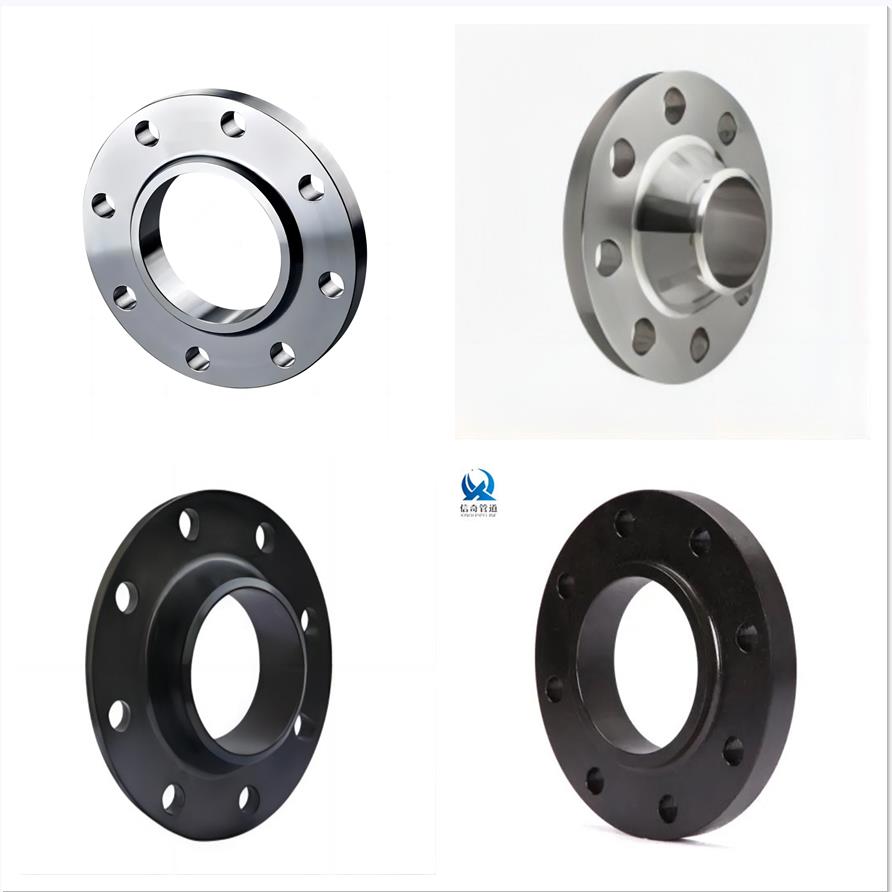
Weld Neck Flanges and Slip On Flanges—-BS3293
British Standard BS 3293: 1960-Carbon Steel Pipe Flanges(over 24 inches nominal size) for Petroleum Industry, covers Class 150lb to 600lb weld neck flanges and slip on flanges. The following will introduce the dimensions and tolerances of the welding neck flange and the neck flat welding flange ...Read more -
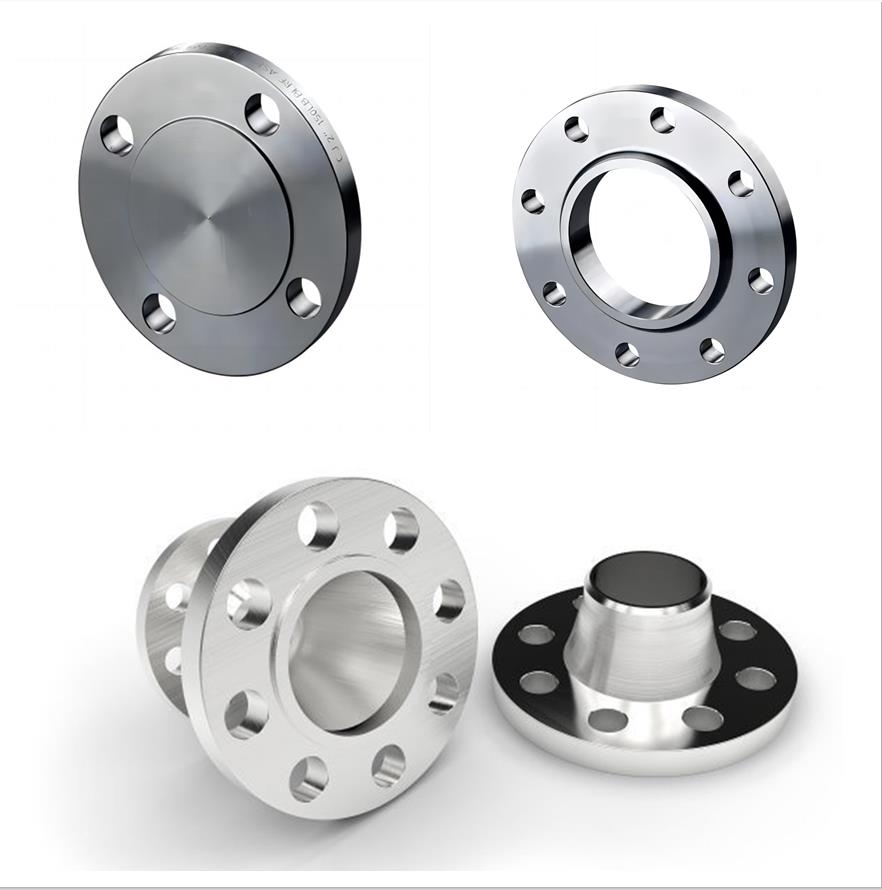
Some tips about BS10
The size representation of BS10 is different from other American and British standards. BS 10 uses Table D, Table E, Table F and Table H to represent dimensions. BS10 flange standard is mainly used for blind flange, slip on flange and welding neck flange. The blind flange plays the same role of i...Read more -

Do you know which types of flanges are included in BS4504?
Using BS4504 standard, there are plate flanges, weld neck flanges, slip on flanges, threaded flange and blind flange, etc. About these types of flanges, will introduce their specific size pressure and other details Plate Flanges(Code101) Plate type flat welding flange (chemical standard HG20592...Read more -
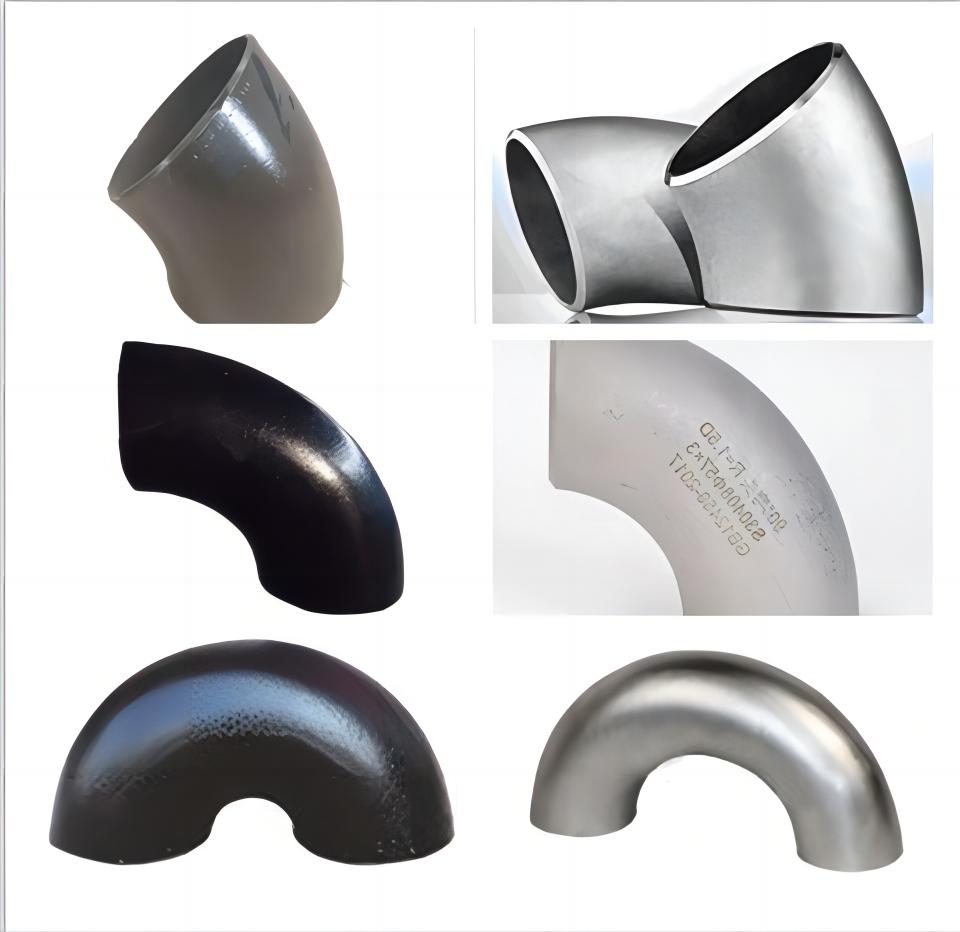
Butt Weld Fittings General Product
A pipe fitting is defined as a part used in a piping system, for changing direction, branching or for change of pipe diameter, and which is mechanically joined to the system. There are many different types of fittings and they are the same in all sizes and schedules as the pipe. Fittings are divi...Read more -

What do you know about the forging A105?
Standard name: carbon steel forgings for pipe parts. Because only one type of carbon steel forging is specified in this standard, A105 is also considered as a carbon steel grade of forging. A105 is also a material code, which belongs to special steel and is a cold forged...Read more -
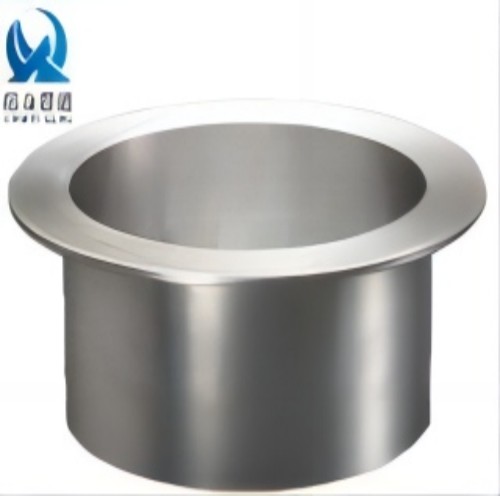
What is flanging/stub ends?
Flanging refers to the forming method of forming a straight wall or flange with a certain angle along the closed or unclosed curve edge on the flat or curved part of the blank by using the role of the mold. Flanging is a kind of stamping process. There are many kinds of flanging, and the classifi...Read more -
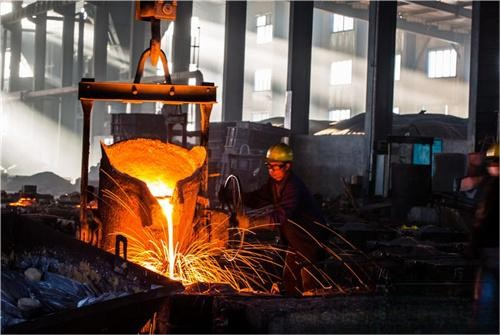
What is the difference between casting and forging?
There are many processes with similar names in industry, but there are great differences between them, such as casting and forging. Introduction to casting and forging Casting: molten liquid metal fills the mold cavity for cooling, and air holes easily occur in the middl...Read more -
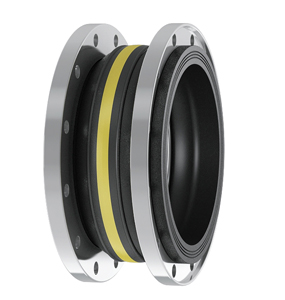
Somethings about Hypalon Rubber
Hypalon is a kind of chlorinated elastomer Hypalon (chlorosulfonated polyethylene). Its chemical characteristics are oxidation resistance, resistance to winding and cracking, wear resistance, weather resistance, UV/ozone resistance, heat resistance, chemical resistance, ...Read more -

Something about S235JR
S235JR is a European standard non-alloy structural steel, equivalent to the national standard Q235B, which is a carbon structural steel with low carbon content. It is used for welding, bolting and riveting structures. Carbon structural steel is a kind of carbon steel. The carbon content is about ...Read more -

What is the difference between SUS304 stainless steel and SS304?
SUS304 (SUS means stainless steel for steel) stainless steel austenite is usually called SS304 or AISI 304 in Japanese. The main difference between the two materials is not any physical properties or characteristics, but the way they are quoted in the United States and Japan. However, there are m...Read more -
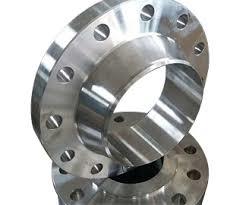
How to solve the problems occurred in the process of processing stainless steel flange?
Stainless steel flanges are widely used in all walks of life because of their beautiful appearance, high temperature and high pressure resistance, corrosion resistance and other characteristics. However, many people still have many problems in the processing of stainless steel flanges. Today we w...Read more -
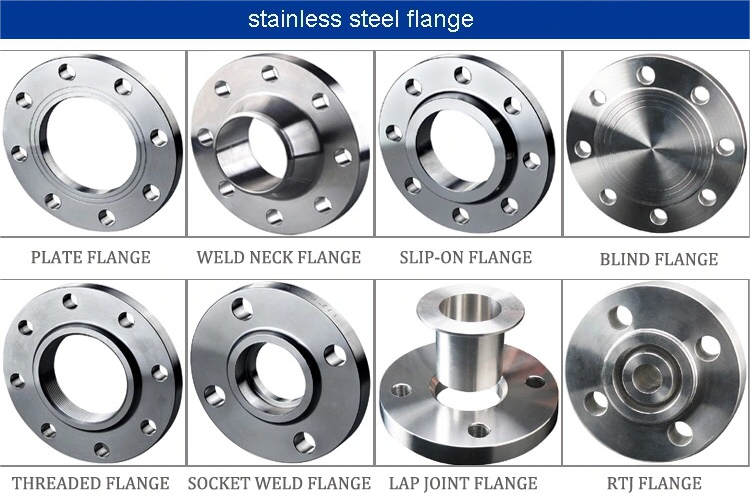
Precautions for use of stainless steel flange
1.The welding rod shall be kept dry during use. The calcium titanate type shall be dried at 150′C for 1 hour, and the low-a hydrogen type shall be dried at 200-250 ℃ for 1 hour (the drying shall not be repeated for many times, otherwise the skin is easy to crack and peel off) to prevent the...Read more -
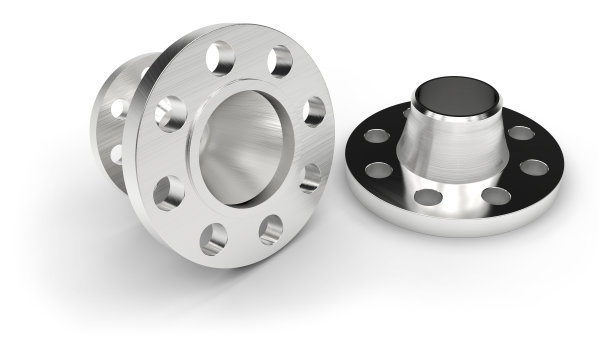
What are the application fields and advantages of the neck flange?
Flange has good comprehensive performance, so it is often used in chemical engineering, construction, water supply and drainage, petroleum, light and heavy industry, refrigeration, sanitation, plumbing, fire protection, power, aerospace, shipbuilding and other engineering fields, Flanges are pipe...Read more -

How many measures are taken to maintain carbon steel flanges?
Carbon steel flanges are widely used in daily applications, with large amount of use and fast consumption. Therefore, regular maintenance of carbon steel flanges must have certain rules to maintain the quality of carbon steel flanges as much as possible and improve work efficiency. Let me share w...Read more -

Common knowledge of stainless steel pipe.
Stainless steel seamless steel pipe is a kind of hollow strip steel, which is resistant to weak corrosive media such as air, steam and water and chemical corrosive media such as acid, alkali and salt. It can be used for a large number of pipes used for conveying fluids, such as oil, natural gas, ...Read more -
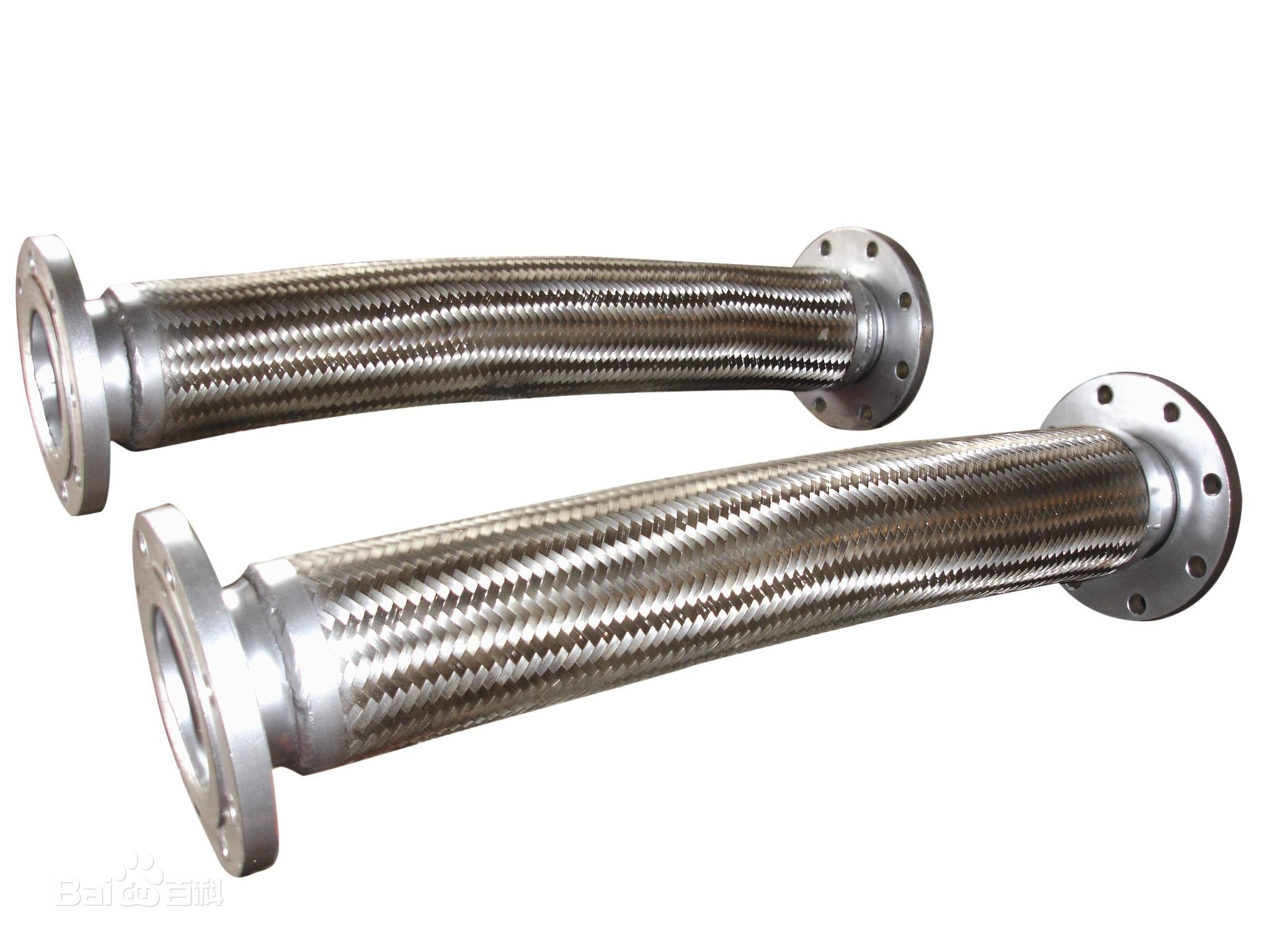
What are the differences between stainless steel metal hose and stainless steel bellows?
The stainless steel through-metal hose is made of stainless steel and corrugated pipe materials and is made of several or second layers of steel wire or wire mesh casing, with joints or flanges on both sides. It is used for 240 pieces of field effect electricity of different media in the process ...Read more -
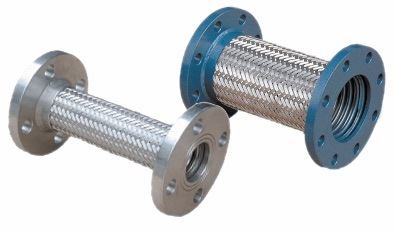
Different performance characteristics of bellows compensator and metal hose.
Today, I will show you the different performance characteristics of bellows compensator and metal hose. 1. The diameter of the bellows compensator can be distinguished from that of the metal hose not exceeding 600mm, while the large diameter of the bellows compensator is 7000mm, which can be pro...Read more -
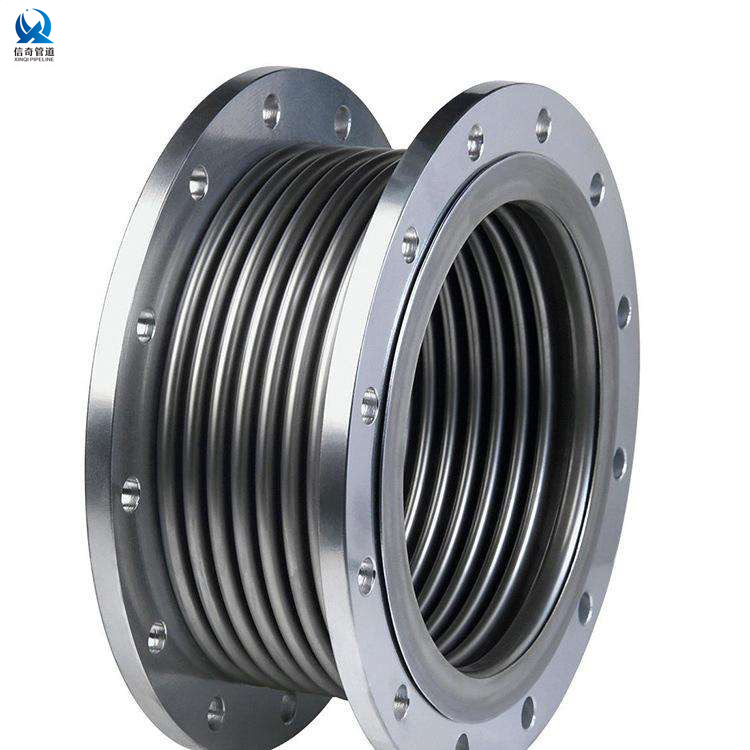
The main performance differences and similarities between metal hose and bellows compensator?
Only air tightness is better than metal hose. Because the bellows is made of integral material, and the metal hose is a flexible element wound by stainless steel tape, there is inevitably a slight air leakage problem. However, with the continuous progress of metal hose technology, its air tightne...Read more -

What is the difference between socket welding flange and butt welding flange?
Socket welding and butt welding are common welding connection forms of flange and pipe. Socket welding is to insert the pipe into the flange and then weld, while butt welding is to butt weld the pipe and the butt surface. The socket weld of the socket welding flange cannot be subject to radiograp...Read more -
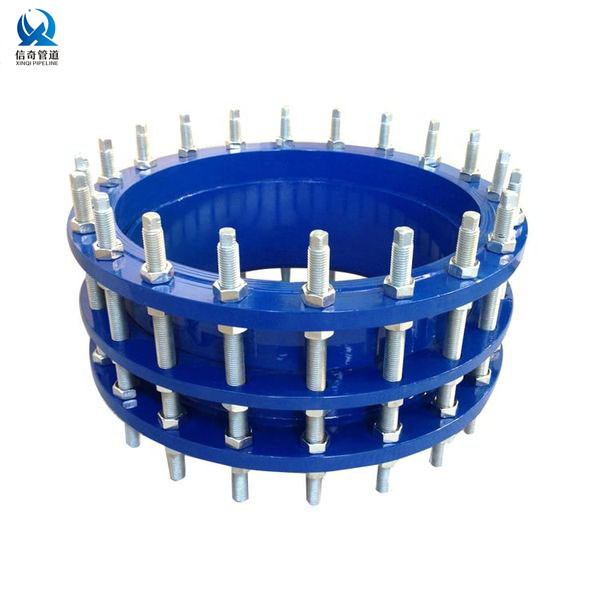
An Introduction of Dismantling Joint
Introduction Dismantling Joint refers to the pipeline compensation joint, which is a new product connecting the pump, valve, pipeline and other equipment with the pipeline. It is connected by bolts to make it a whole and has a certain displacement. It is divided into AY type gland expansion joint...Read more -
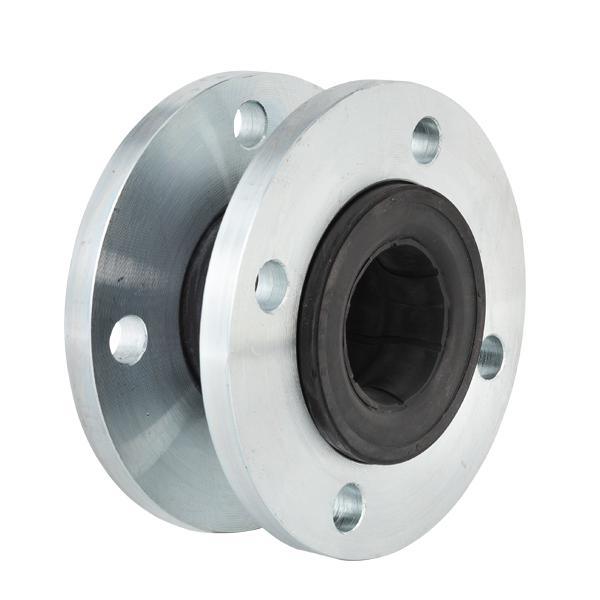
What do you know about EPDM?
Introduction to EPDM EPDM is a terpolymer of ethylene, propylene and non-conjugated dienes, which began commercial production in 1963. The annual consumption of the world is 800000 tons. The main characteristic of EPDM is its superior oxidation resistance, ozone resistance and corrosion resistanc...Read more -

What do you know about PTFE?
What is PTFE? Polytetrafluoroethylene (PTFE) is a kind of polymer polymerized with tetrafluoroethylene as monomer. It has excellent heat and cold resistance and can be used for a long time at minus 180~260 º C. This material has the characteristics of acid resistance, alkali resistance and resist...Read more -
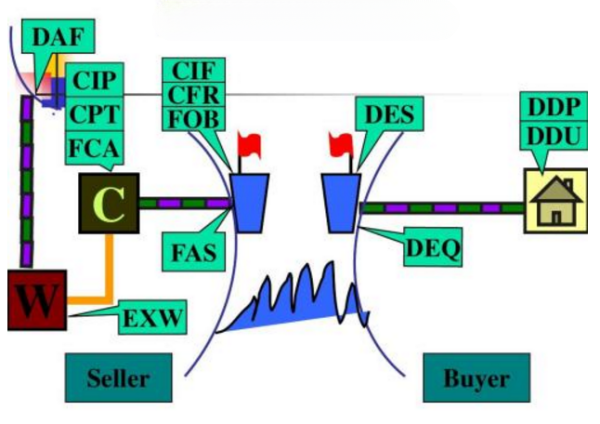
Several trade terms commonly used in trade
In the 2020 General Rules for the Interpretation of Trade Terms, trade terms are subdivided into 11 terms: EXW, FOB, FAS, FCA, CFR, CIF, CPT, CIP, DAP, DPU, DDP, etc. This article introduces several trade terms that are frequently used. FOB-Free on Board FOB is one of the commonly used trade ter...Read more -
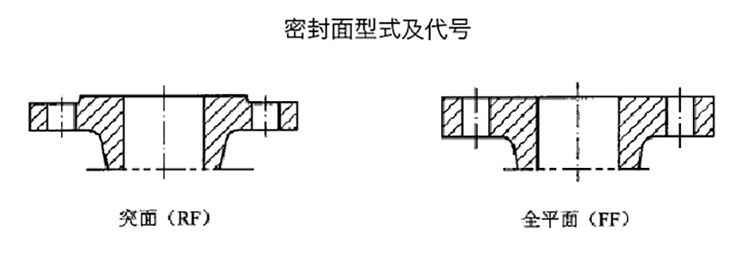
Difference Between FF Flange and RF Flange Sealing Surface
There are seven types of flange sealing surfaces: full face FF, raised face RF, raised face M, concave face FM, tenon face T, groove face G, and ring joint face RJ. Among them, full plane FF and convex RF are widely used, so they are introduced and distinguished in detail. FF full face The cont...Read more -
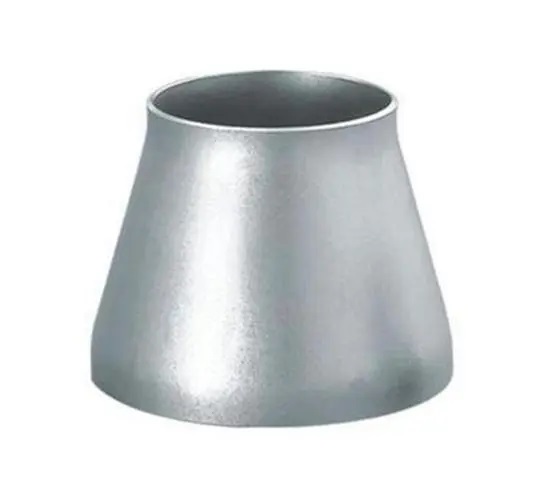
An Introduction to Concentric Reducer
The reducer whose center is in a straight line is called concentric reducer. The commonly used forming process is reducing, expanding or reducing plus expanding, and stamping can also be used for reducing pipes of certain specifications. Product specification: 3/4 “X1/2″ — 48 &...Read more -

An Introduction to Eccentric Reducer
Eccentric reducer refers to the reducer whose center is not on the same straight line. Its function is to stick to the wall or stick to the ground to walk the pipeline without occupying space, and it is to connect two pipes with different diameters to change the flow. Product specification: 3/4...Read more -

What do you know about the Reducer?
Reducer is one of the chemical pipe fittings, which is used to connect two different pipe diameters. It can also be divided into concentric reducer and eccentric reducer. Reducer material: including stainless steel reducer reducer, alloy steel reducer reducer and carbon ...Read more -
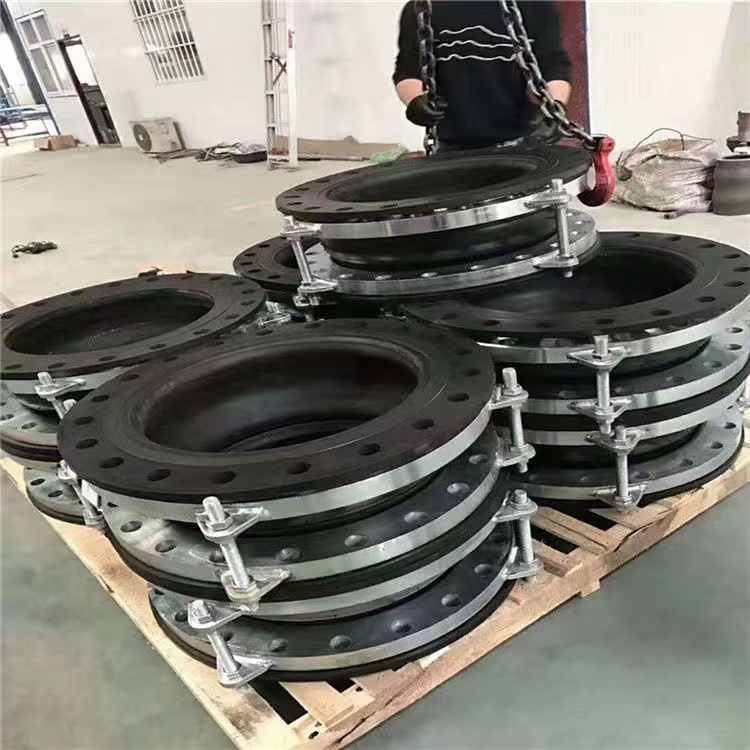
Classification of expansion joints
Expansion joints include various forms: rubber expansion joints、metal expansion joints and Dismantling Joint Classification by structure. 1. Single type ordinary expansion joint (1) Single type ordinary expansion joint with tie rod: used to absorb lateral displacement and axial displacement i...Read more -

What do you know about the Spectacle Blind?
The spectacle blind plate is named for its shape like an "8", which can be used to isolate or connect the pipeline system. The spectacle blind is a steel plate with fixed thickness divided into two discs. Two discs are connected by flat steel, one of which is a solid dis...Read more -

Distinction between bellows and compensators
Product Description: Bellows Corrugated pipe(Bellows) refers to a tubular elastic sensing element connected by folding corrugated sheets along the folding direction, which is a pressure measuring elastic element in pressure measuring instruments. It is a cylindrical thin-walled corrugated ...Read more




